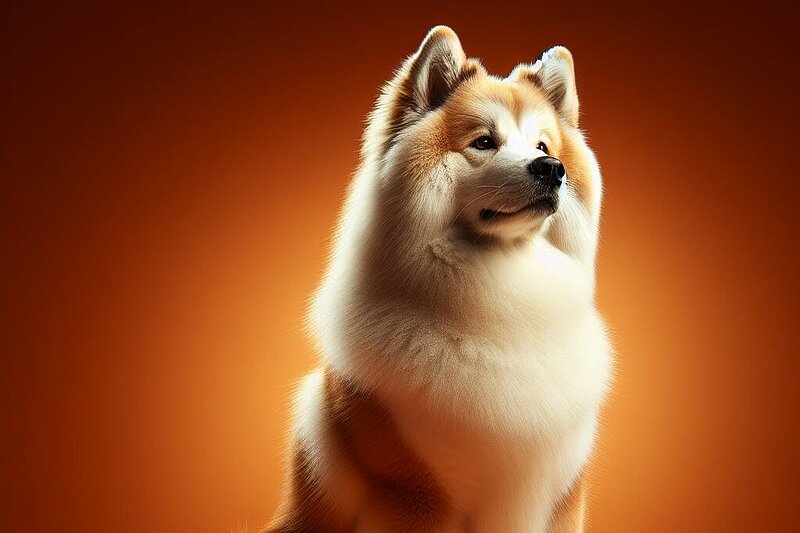The robust Greenland dog: a loyal companion from the far north
The history of the Greenland dog
The Greenland dog has a fascinating history that is closely linked to the Inuit, the indigenous people of Greenland. These dogs were bred by the Inuit over 1000 years ago and were used as indispensable helpers for pulling sledges and hunting. Their ability to survive and work in extreme climatic conditions made them an indispensable part of life in the far north.
Who is the Greenland Dog suitable for?
Greenland Dogs are ideal for experienced dog owners who can devote a lot of time and commitment to the needs of this active and independent breed. They are less suited to city life and are more comfortable in a rural environment with plenty of space to run and play. Families who enjoy being outdoors and are interested in outdoor activities such as hiking or sledding will find a loyal and active companion in a Greenland Dog.
Character and temperament
The Greenland Dog is known for its independent and strong-willed character. They are extremely loyal and form strong bonds with their owners. However, their high intelligence and strong hunting instinct can sometimes make them stubborn. They are alert, courageous and have a strong protective instinct, which makes them good guard dogs.
Appearance of the Greenland dog
Greenland dogs are impressive animals with a robust and muscular build. They have a dense, water-repellent double coat that protects them from the harsh weather conditions of the Arctic climate. Their colors vary from white to black, gray, red and pied. Their almond-shaped eyes and erect ears give them an alert and lively expression.
Grooming the Greenland dog
Grooming a Greenland dog requires regular attention. Their dense coat needs to be brushed thoroughly at least once a week to prevent matting and keep the skin healthy. During the shedding season in spring and fall, daily brushing may be necessary. The ears and teeth should also be checked and cleaned regularly to prevent infections.
Health and life expectancy
Greenland Dogs are generally robust and healthy, but like all breeds they can be susceptible to certain genetic diseases. Hip dysplasia and eye problems are occasionally seen in this breed. With a balanced diet and regular veterinary check-ups, Greenland Dogs can reach a life expectancy of around 12 to 15 years.
Size and weight
Males reach a shoulder height of around 60 to 70 cm and a weight of 30 to 32 kg. Females are somewhat smaller and lighter, with a shoulder height of 55 to 60 cm and a weight of 27 to 30 kg.
Exercise requirements and living environment
Greenland dogs need a lot of exercise and mental stimulation. Daily long walks, running and activities such as pulling are ideal for channeling their energy. They are less suited to city life and are more comfortable in a house with a large garden or in the countryside.
Training recommendations
Training a Greenland dog should start early and be consistent. Due to their intelligence and independence, they can be stubborn, so a firm but loving hand is necessary. Positive reinforcement and patient repetition are key to success. Socialization is also important to ensure they are good with other animals and people.
Behavioral characteristics and interactions
Greenland dogs are generally friendly and good-natured, but also very energetic and playful. They are good with children if they are properly socialized and trained. Due to their strong hunting instinct, they should be introduced carefully with smaller pets.
FCI recognition and interesting facts
The Greenland Dog is recognized by the Fédération Cynologique Internationale (FCI) and is listed in Group 5 (Spitz and primitive type dogs). An interesting detail about this breed is their ability to withstand extreme cold conditions, making them ideal working dogs in arctic regions.
